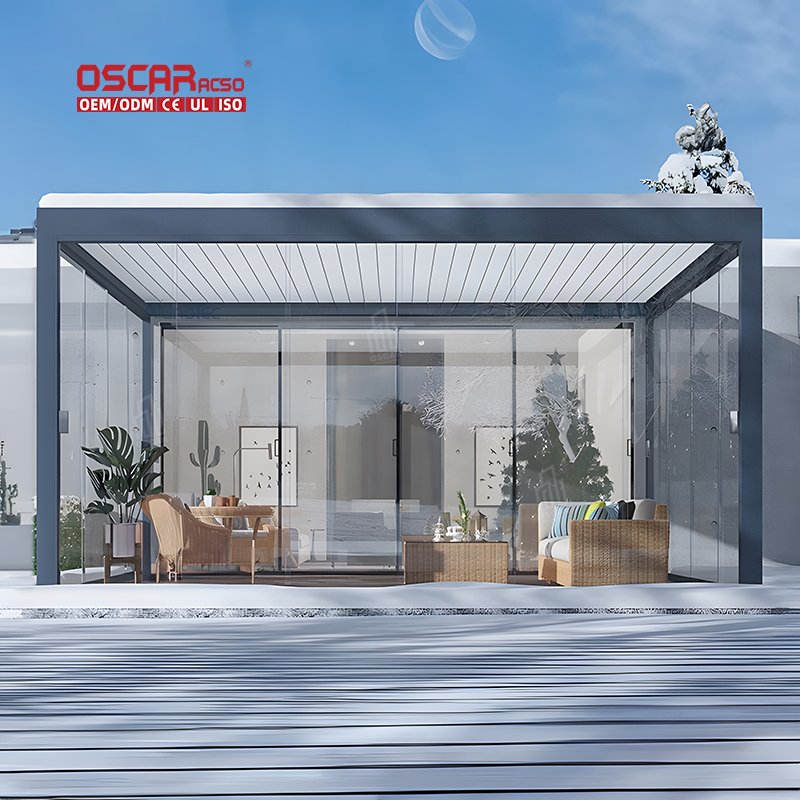Pergola Wood Outdoor, Elevate Your Garden with Nature\’s Best
Choosing the right wood for your outdoor pergola isn\'t just about building a structure—it\'s about creating a lasting o...

Choosing the right wood for your outdoor パーゴラ isn’t just about building a structure—it’s about creating a lasting oasis ☀️. This decision impacts everything from durability against the elements to the overall aesthetic of your garden. With options ranging from affordable and practical to luxurious and exotic, the perfect wood can transform your backyard into a personalized retreat.
🌲 Understanding Wood Types: From Classic to Contemporary
The journey to a perfect pergola starts with selecting the right material. Each wood type offers unique benefits.

Cedar stands out for its natural resistance to rot, decay, and insect damage. Its warm, rich color deepens with age, and it’s relatively lightweight, making construction easier. However, it requires regular sealing to maintain its appearance and can be more expensive than some alternatives.
Redwood is a premium choice, prized for its stunning reddish-brown hue and exceptional durability. It’s highly stable, resistant to warping and cracking, and contains natural oils that protect it from the elements. Like cedar, it commands a higher price and may need periodic sealing.
For those seeking a budget-friendly option, pressure-treated pine is a popular choice. Chemically treated to resist moisture and pests, it’s durable and can be stained or painted. It doesn’t have the natural beauty of cedar or redwood and requires more maintenance to prevent warping.
Tropical hardwoods like teak and mahogany offer an exotic appeal and are incredibly dense and resilient. They withstand harsh weather and insects with minimal maintenance but come with a premium price tag and can be challenging to work with due to their density.
Composite wood, made from recycled wood fibers and plastic, mimics the look of wood with even lower maintenance. It’s resistant to fading, rotting, and insects but may lack the natural warmth and charm of real wood.
⚖️ Key Factors in Your Pergola Wood Selection
Beyond wood type, several crucial factors will guide your decision:
- •
Durability & Weather Resistance: Your local climate is paramount. For humid or rainy areas, woods like cedar, redwood, or teak are excellent due to their natural rot resistance. In drier climates, other hardwoods may also perform well.

- •
Maintenance Requirements: Ask yourself how much upkeep you’re willing to do. Pressure-treated pine may need more frequent resealing, while woods like cedar and redwood benefit from annual cleaning and sealing to maintain their color and protection. Tropical hardwoods often require the least maintenance.
- •
Aesthetic Appeal: The wood’s natural color and grain contribute significantly to your outdoor space’s vibe. Cedar and redwood offer warm, natural tones, while woods like ipe provide a darker, modern aesthetic. Remember, most woods can be stained to achieve your desired look.
- •
Cost & Budget: Prices vary significantly. Pressure-treated pine and cypress are generally more affordable, while redwood, cedar, and tropical hardwoods like teak are investment-level choices.
- •
Sustainability: For the eco-conscious, look for woods certified by organizations like the Forest Stewardship Council (FSC), ensuring they are sourced from responsibly managed forests.
💡 Innovative Pergola Design Ideas to Inspire You
A pergola is more than just four posts and a roof; it’s a canvas for creativity.
- •
The Green Canopy 🌿: Encourage climbing plants like wisteria, jasmine, or grapevines to grow over the structure. This creates a living, shaded roof that blooms and changes with the seasons.

- •
The Outdoor Room 🛋️: Define the space under your pergola as an extension of your home. Add built-in seating, outdoor rugs, weather-resistant curtains for privacy, and a fire pit for cozy evenings.
- •
The Alfresco Dining Area 🍽️: Center your pergola around a sturdy table. Hang pendant lights or lanterns above to create a magical atmosphere for evening dinners with friends and family.
- •
The Modern Retreat 🔲: For a contemporary look, consider a design with clean lines and a minimalist style. Metal accents, neutral colors, and sleek furniture can complete this aesthetic.
🔧 Essential Maintenance for Longevity
Protecting your investment ensures your pergola enjoys a long life.
.jpg)
- •
Regular Inspection: Periodically check for signs of damage, such as cracks, splits, or loosening hardware. Addressing issues early prevents them from worsening.
- •
Cleaning: Keep your pergola clean by gently removing dirt and debris with a soft brush and mild soap.
- •
Sealing and Staining: Applying a high-quality sealant or stain is crucial. This protects the wood from UV rays and moisture. For many woods, this should be done every few years, or even annually, depending on the climate and wood type.
A well-maintained wooden pergola can last anywhere from 10 to 25 years or even longer, making the care you put into it well worth the effort.
❓ Frequently Asked Questions
What is the most durable wood for a pergola?
Tropical hardwoods like teak and ipe are among the most durable options, offering incredible resistance to rot, insects, and weathering. Cedar and redwood are also highly durable natural choices.
Can I use pine wood for my pergola?
Yes, but it is highly recommended to use pressure-treated pine. Untreated pine is not resistant to rot or insects and will not last long outdoors.
How thick should the wood be for a pergola?
For strength and stability, it’s recommended to use wood that is at least 4 inches thick, especially for the main posts.
The journey to a perfect pergola is an exciting blend of practical choice and personal expression. By understanding the materials and possibilities, you’re well on your way to creating an outdoor sanctuary that reflects your style and stands the test of time.


.jpg)
